From The Christian Reader:
The Stories Behind the Story
by Eric Rauch
It could be argued that how you view George Washington is a very good indicator of how you view America as a whole. Washington, like Jefferson and Franklin, is a towering figure (literally in Washington’s case, he was well over six feet tall) of American history, and his very likeness is as symbolic for America as the flag. It seems that every group wants to claim Washington as one of their own—whether they are on the left, the right or somewhere in between. The real question is: which Washington is the real Washington? The staunch patriot—ready to put everything on the line for his country, or the pragmatic politician—the consummate deal-maker? The committed evangelical Christian—approaching every situation humbly on his knees before Almighty God, or the dedicated Mason—loyal only to the ways and patterns of powerful men and prestigious positions? Was Washington the saint that most Christian biographers want us to believe, or was he ever the statesman, keeping up appearances for the sake of the job?
The truth, as is usually the case, is probably somewhere in between the two caricatured extremes. A new reprint of a mid-19th century work, while tending more to the “saintly” view of Washington, should prove to be a valuable resource in the ongoing battle for the historical Washington. The mere fact that it was written within 50 years of his death is enough to set it apart from modern biographies. Anna C. Reed, a niece of one of the original signers of the Declaration of Independence, wrote The Life of Washington for the American Sunday School Union in 1842. The book quickly became popular and was subsequently translated into more than 20 languages, making it one of the most widely-read biographies of the time. And since it was originally written for Sunday school children, most modern American adults—hindered as they are by a public school education—should have no trouble reading and understanding Reed’s book.
Get "The Life of Washington" from the Bookstore
Using Washington as source material for a Sunday school lesson book may seem to be an odd decision, but it should prove that Washington’s legacy of inspiration and motivation was no less noticeable 150 years ago than it is today. It is often claimed that we moderns take a rosy view of the past; overlooking the shortcomings and weaknesses of our historical heroes and overemphasizing their strengths. But even fifty years after his passing, the public was enamored enough with George Washington that Sunday school literature was commissioned to capitalize on his influence. Mothers wanted their daughters to marry men like Washington and fathers wanted their boys to grow up to be the next one. The enduring image of Washington as a man of character, valor, and integrity remains, not because it was fabricated out of a false sense of history; it remains because, for the most part, it was true.
On such example of Washington’s character and devotion comes from an anecdote that Reed claims “is preserved on unquestionable authority”:
During the session of [the First Continental] Congress, a gentlemen, residing in the city of Philadelphia, anxious to learn the chief of the strangers who had assembled from the several colonies, observed to Mr. Secretary Thomson, that he had heard much of Mr. Washington from Virginia, and would be glad to know how he could distinguish him. Mr. Thomson replied, “You can easily him when Congress goes to prayers—Mr. Washington is the gentleman who kneels down.” Thus, in the prime of life, did this gentleman, who was as noted for his modesty as for his merit, manifest to the world his sense of the overruling providence of God, and of the power of prayer with him who giveth to all men liberally and upbraideth not. (p. 51-52)
It is easy to see from this passage how Reed naturally winds moral lessons into her narrative of Washington’s life story. What she was attempting to inspire in her young readers 150 years ago is no less needed in our 21st century vacuum of postmodernism and moral relativism.
What I found particularly interesting as I read through The Life of Washington, was not so much the exaltation of Washington himself, but the stories of the supporting characters that surrounded him. Reed spends a fair bit of time developing and discussing several English generals, most notably Generals Howe and Cornwallis. While most pro-Washington works will demonize the English armies to such a degree that the colonials look innocent as doves by comparison, Reed’s account doesn’t take such a simplistic approach. Since she assumes that her readers will understand that Washington is the hero of her tale, she doesn’t feel the need to portray the English as blood-thirsty heathen or describe the colonials as the victims. Because of this, the personalities of the opposing armies become more human, and the difficulties they face in their impossible task of conquering a determined people in an unfamiliar land receives more sympathy. The definitive historical interpretation of the bad guys wearing the redcoats and the good guys wearing the torn coats (or no coats at all), doesn’t get an easy pass in Reed’s book. She presents Washington as a mediator between his own men as much as she presents him as a warrior and commander on the battlefield. The apocryphal story of the “swear jar” is a case in point where the reality is far more instructive:
It was in the summer of this year [1779], that General Washington took measures to suppress the habit of profane swearing which prevailed in the army. The following general order is sufficiently illustrative of his views of that most vulgar and impious practice.
“Many and pointed orders have been issued against that unmeaning and abominable custom, SWEARING. Notwithstanding which, with much regret the general observes that it prevails, if possible, more than ever—his feelings are continually wounded by the oaths and imprecations of the soldiers; whenever he is in hearing of them, the name of that Being from whose bountiful goodness we are permitted to enjoy the comforts of life, is incessantly imprecated and profaned in a manner as wanton as it is shocking: for the sake therefore of religion, decency, and order, the general hopes and trusts, that officers of every rank would use their influence and authority to check a vice which is as unprofitable as it is wicked and shameful. If officers would make it an invariable rule to reprimand, and if that does not do, to punish soldiers for offences of this kind, it could not fail of having its intended effect.” (p. 129-130)
From this general order to his officers, Washington reveals far more than his distaste for swearing. At a deeper level, it shows what he expected and required of the men serving under him, not only the soldiers, but the officers as well. It would have been easy enough for Washington to address the men himself, giving this general order verbally, with the power of the general rank to back it up. But he delegates the responsibility to his officers, expecting that they will be ready and willing to see it through. Washington trusts the chain of command and this makes his men trust it too.
But there is something else behind this general order that the observant reader should notice. Many of the soldiers in Washington’s army were mere boys, probably away from home for the first time. As the scourge of swearing galloping through the camps, we should recognize a mass of frightened young boys trying to be men. In this general order that Anna Reed uses to exemplify Washington’s piety, it also reveals the fragile humanity of a new nation’s youth, being thrust into a life and death struggle for their futures. Their idle swearing and careless language is a mask that they wear to hide their fear. Washington knows this, and he takes the opportunity to encourage his officers to disciple his soldiers, rather than inflicting yet more fear on his already terrified men. It’s these “stories behind the story” that make The Life of Washington such a fascinating read.
It is also interesting to note that Reed begins her book, not with Washington’s birth, but with the childhood of another famed historical figure: Christopher Columbus. She follows on at a breakneck pace giving the shortest history lesson of the years between 1492 and 1682: 13 pages. But the point is made clear—Washington’s life history is meaningless without all of the events that preceded it. The life story of George Washington is not an isolated 67 years. Washington, in the providence and sovereignty of God, was born at just the right time. Reed understands this and wants her readers to understand it as well. Although she can at times make Washington seem to be more than a mere man, she knows that the where and the when of the man was no accident, but the working of an ordaining and sustaining Creator God. In fact, after praising many of Washington’s admirable qualities, she closes her book with this reminder:
But, remember, Washington directed his countrymen to a higher example than his; he said that he earnestly prayed that they might follow that of “THE DIVINE AUTHOR OF OUR BLESSED RELIGION;” and the Bible, the sacred book which makes known that example, you should value as the crown of all your blessings; for in it, you may learn how to secure their continuance through this short life, and how to obtain that blissful gift of God, “Eternal life, through Jesus Christ, our Lord.”
Friday, August 13, 2010
Subscribe to:
Post Comments (Atom)
.gif)



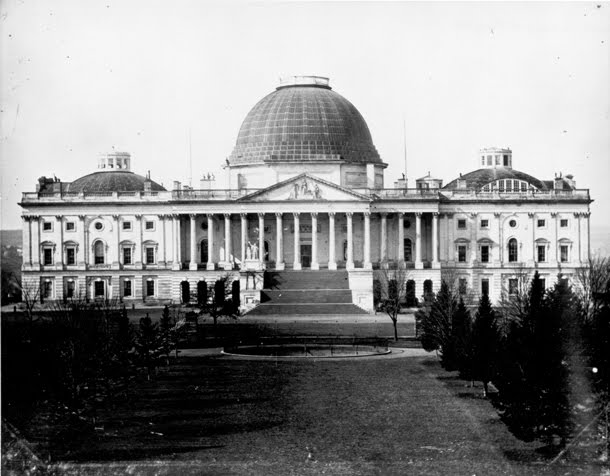









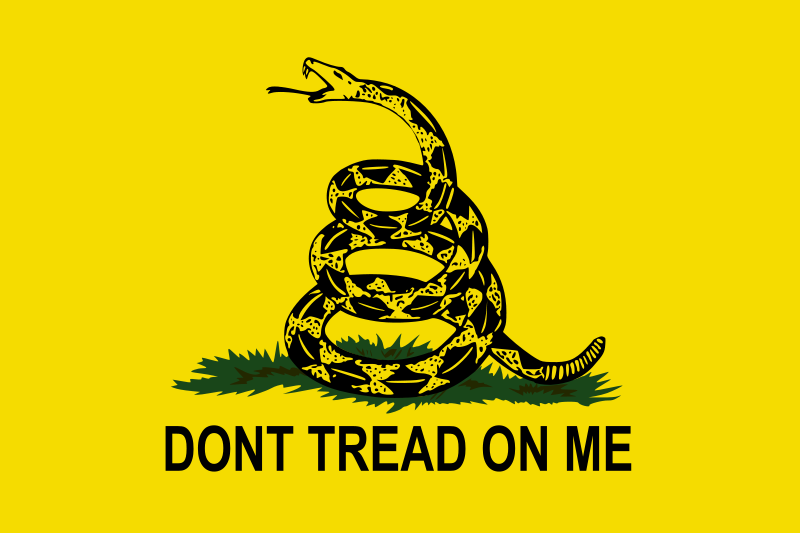
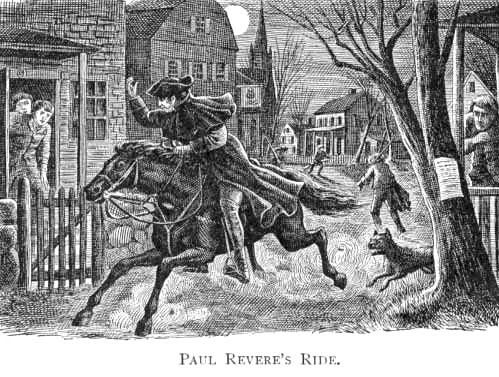

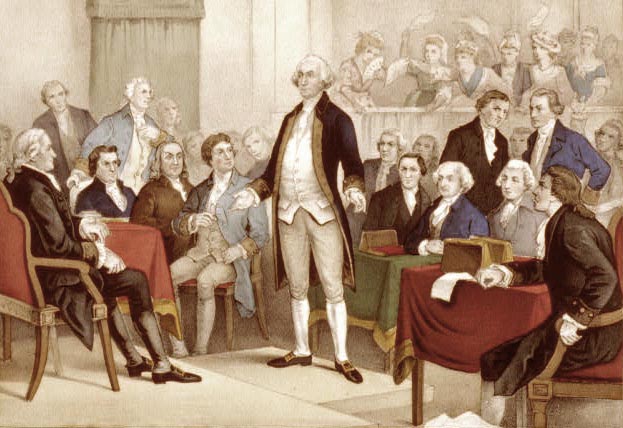

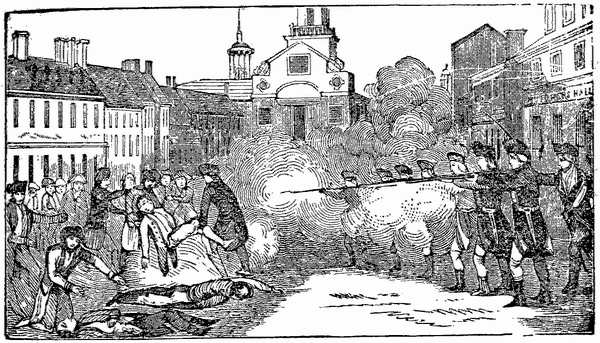
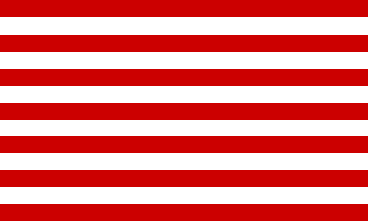
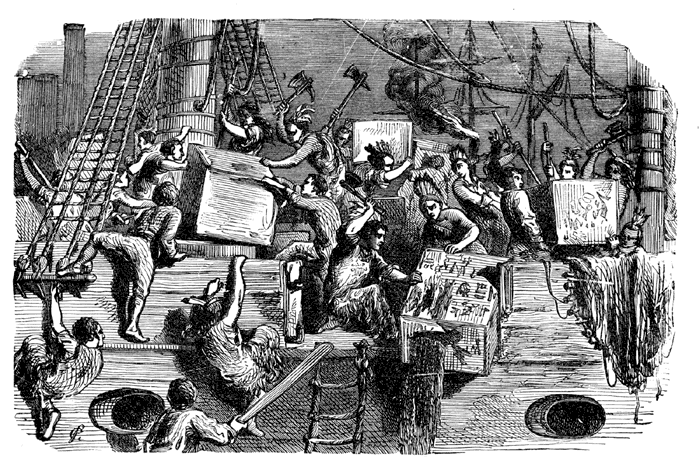




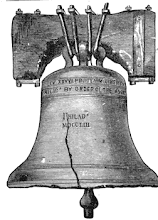




No comments:
Post a Comment